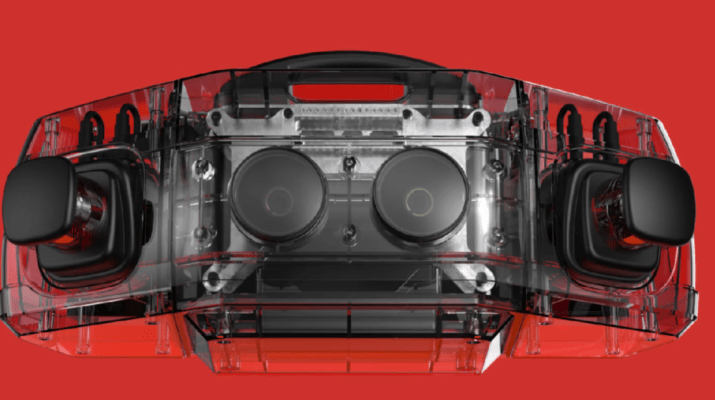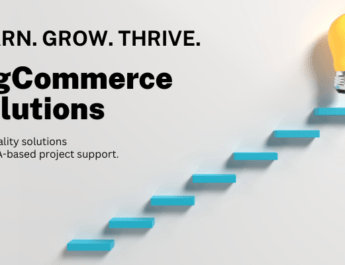Effective product design is a crucial factor that is often disregarded. By grasping the significance of product design, identifying customer requirements, and incorporating user-centered design principles, you can improve functionality and usability while simultaneously establishing a distinctive brand identity.
In addition, conducting market research, collaborating with industry experts, and assessing the impact of product design are essential to a company’s growth. This article will examine how effective product design can especially affect the success of your company.
Understanding the Importance of Product Design
Recognizing the significance of product design is vital for a company’s success if you are launching a product or appliance. The focus lies in crafting a solution that caters to the demands and preferences of the target market, transcending mere aesthetics.
A thoughtfully designed product has the capacity to elevate customer satisfaction and consequently drive sales. Distinguishing your brand and crafting a distinctive selling proposition can be achieved through a commitment to exceptional design. Furthermore, this approach nurtures brand loyalty and solidifies market credibility. In addition, efficient product design curtails costs by reducing production errors and boosting productivity.
Identifying Customer Needs and Expectations
Understanding the desires and expectations of consumers is essential for accomplishing business objectives. To make a prosperous product, you must determine the needs and expectations of target market. Conduct exhaustive market research to gain insight into the preferences, sore points, and desires of customers.
Utilise instruments such as surveys, focus groups, and customer feedback to obtain a thorough understanding of their needs. By analysing this data, it is possible to conceive a product that fulfils their needs and exceeds their expectations. Consider factors like functionality, aesthetics, usability, and affordability. Remember that consumer demands evolve, so ongoing research is important to stay ahead of the contest.
Incorporating User-Centered Design Principles
It is essential to incorporate user-centred design principles when creating a product that meets the requirements and expectations of the target market. By placing the user at the heart of the design process, you can ensure that their preferences, behaviours, and objectives are considered at each stage of development.
User-centred design entails conducting extensive research to comprehend customers’ desires and pain points and utilising this understanding to inform design decisions. By adhering to these principles, anyone can create a product that not only satisfies consumers but also fosters their loyalty and contributes to the organisation’s success.
Enhancing Functionality and Usability
Enhancing functionality and usability is essential for developing a product that satisfies user requirements and expectations. By emphasising these features, you can ensure that the product not only performs well but also provides customers with an intuitive and seamless experience. Incorporating features that solve specific problems or address prevalent pain points is one method to improve functionality.
This could affect simplifying procedures, automating duties, or providing customisable options. Additionally, improving usability involves making the product easy to navigate and understand. This includes designing clear user interfaces, using simple language, and providing helpful prompts or tooltips.
When functionality and usability are optimised, users are more likely to have a positive experience with the product, leading to increased satisfaction and ultimately driving business success.
Conducting Market Research and Analysis
It is essential to conduct market research and analysis to comprehend consumers and their needs. By collecting data on demographics, preferences, and purchasing patterns, you can obtain practical insights to navigate product strategy findings. Market research assists in identifying market trends, potential competitors, and untapped opportunities. It enables to customise products to meet consumer needs and remain competitive.
In addition, analysing data from consumer feedback surveys or focus groups can provide valuable feedback regarding the resonance of product design with the target market. By investing time and resources in market research and analysis, you equip yourself with the knowledge required to create compelling product designs that will contribute to the success of an organisation.
Collaborating with Design Professionals and Experts
Collaboration with design experts and professionals can significantly enhance the quality and relevance of product designs. You can leverage their expertise and knowledge to ensure that products meet the requirements and preferences of the target market through collaboration.
A design expert from a product design agency UK would have an in-depth understanding of aesthetics, functionality, and user experience, which they can use to create innovative and aesthetically pleasing designs. In addition, they can provide insightful information regarding current design trends and industry standards, allowing them to remain ahead of the competition.
In addition, collaborating with specialists provides a new perspective on product ideas, resulting in more innovative solutions. Their input can assist in refining designs and identifying potential defects or development opportunities, thereby increasing the likelihood of a business’s success.
Measuring and Evaluating the Impact of Product Design
When assessing the effectiveness of your product’s design, consider its resonance with the target market and how well it fulfils their needs. Customer feedback and surveys provide a valuable approach to gauging this aspect. Through gathering insights into consumer satisfaction, you can ascertain the alignment of your product design with their expectations.
Furthermore, analysing sales data offers insights into the success of your product’s design. High sales and positive trends signal a favourable response to your design, while low sales or negative trends may signify a need for design adjustments to enhance effectiveness. Regularly evaluating and quantifying the impact of your product design is crucial to ensuring its efficacy in driving business success.
Conclusion
The importance of proficient product design in a company’s success is now evident. The journey to successful products necessitates diligent market research and fruitful collaboration with design experts. By recognising consumer needs, integrating user-centric design principles, and enhancing functionality and usability, you can establish a unique brand identity that resonates with your intended audience.



